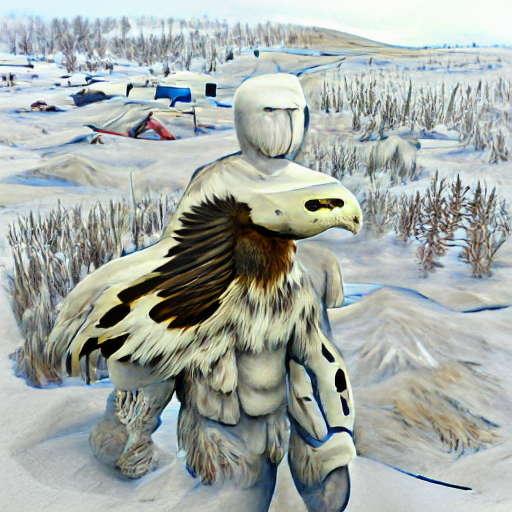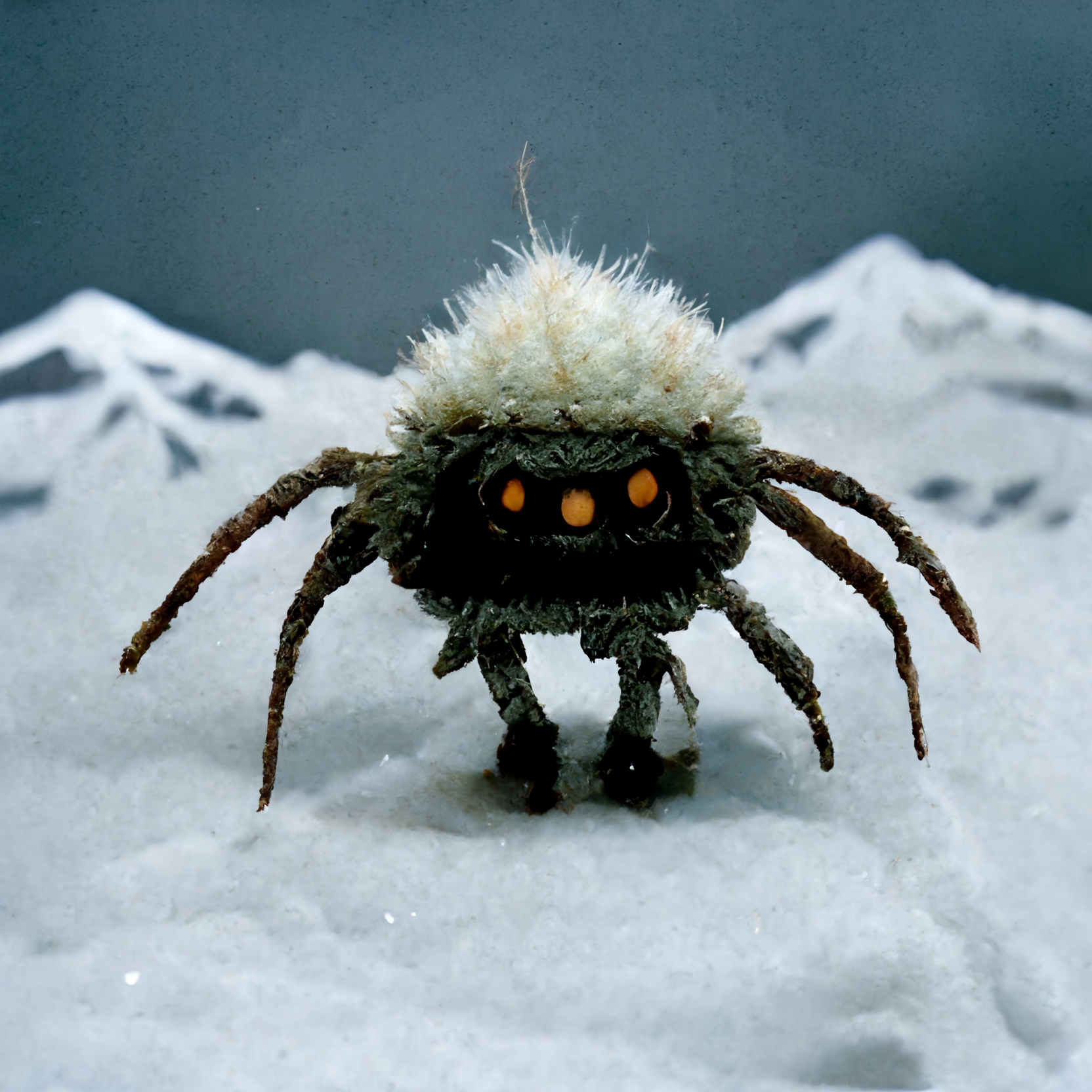

Seullen are large, humanoid predators that contort their bodies into the optical illusion of a large bird to lure in and pick a fight with other large predators. Nearby villages can hear the tell-tale sounds of these fights from the haunting laughter of the seullen. It is unclear whether they simply always win these fights or if they laugh so hard regardless of outcome.
Explore an endless universe of ficticious life on NovelGens.





